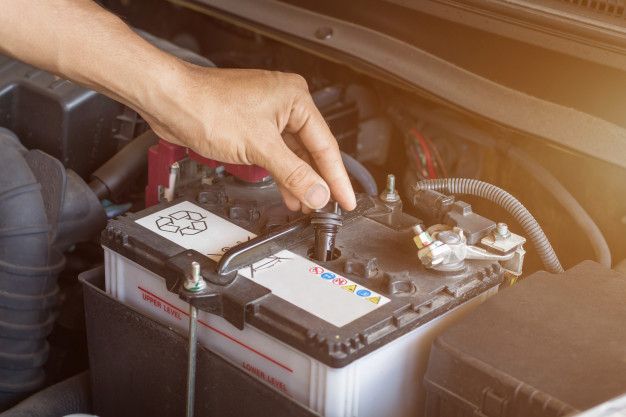Bipolar construction makes smaller lead batteries charge faster, less expensive, and last longer than conventional lead batteries. However, due to its limited, non-standard scale, commercial implementation has been non-existent until now. However, until now, practical considerations about battery design and production have stopped anyone from producing a commercially viable bipolar battery. They have unique features like:
- Uniform current density
- Higher power density
- Simpler construction
- Increased active material utilization
- Higher energy density
What Has Led to an Increase in the Use of Advanced Batteries?
Researchers must incorporate advances made in exploratory battery materials and applied battery research into complete battery systems to create improved lithium-ion (Li-ion) batteries for plug-in electric vehicles. The critical line of protection against short-circuiting is a thin, porous polypropylene slip that prevents the electrodes from contacting each other on the inside.
The Advanced Battery Development, System Analysis, and Testing operation of the Vehicle Technologies Office focuses on developing battery cells and modules that significantly lower battery costs, longer life, and better performance. VTO collaborates with the United States Advanced Battery Consortium (USABC), an industry association run by the United States Council for Automotive Research (USCAR). It also deals directly with battery and material suppliers in the industry.
Development in the advanced battery
Advances battery promotes a range of analysis, testing, and benchmarking through the USABC. The group contributed to developing several test procedure manuals, which can be found on the USCAR Electrochemical Energy Storage Tech Team’s website. Researchers may evaluate batteries on crucial characteristics, including cycle life and abuse tolerance, using repeatable test procedures. Benchmark testing for batteries establishes a baseline to which businesses can compare their progress regularly.
The advanced battery has also contributed to creating models that aid researchers in designing and calculating battery costs. The Argonne National Laboratory’s bottom-up Battery Performance and Cost Model provide cost assumptions for materials chemistry, design, and manufacturing processes. The free, open-source model is intended to help policymakers and researchers estimate costs, if Li-ion batteries have entered a mature stage of production and manufacturers are mass-producing them. BatPaC’s forecasts are more reliable than previous ones, allowing car manufacturers to choose the best and smallest battery for the job.
Some of the Advantages of Using Advanced Battery
Energy efficient
The complex top lead and grid structure of conventional prismatic batteries limit their power. Our batteries are unrestricted in this way.
Renewable
Advanced batteries are 100% recyclable and fit into standard recycling bins.
It lasts for the more extended period
Advanced batteries have a 300 percent longer cycle life than regular lead batteries. That’s the ultimate win-win situation if you’re conserving money while still adding value to your customers. For more information about you can visit the advanced battery.
Charges faster
With an advanced battery, the average charging time for a shower is cut in half.
Closing Thoughts
The advanced battery comes with a new technology that enables bipolar lead batteries to be used in places where large format batteries are already used.






























































